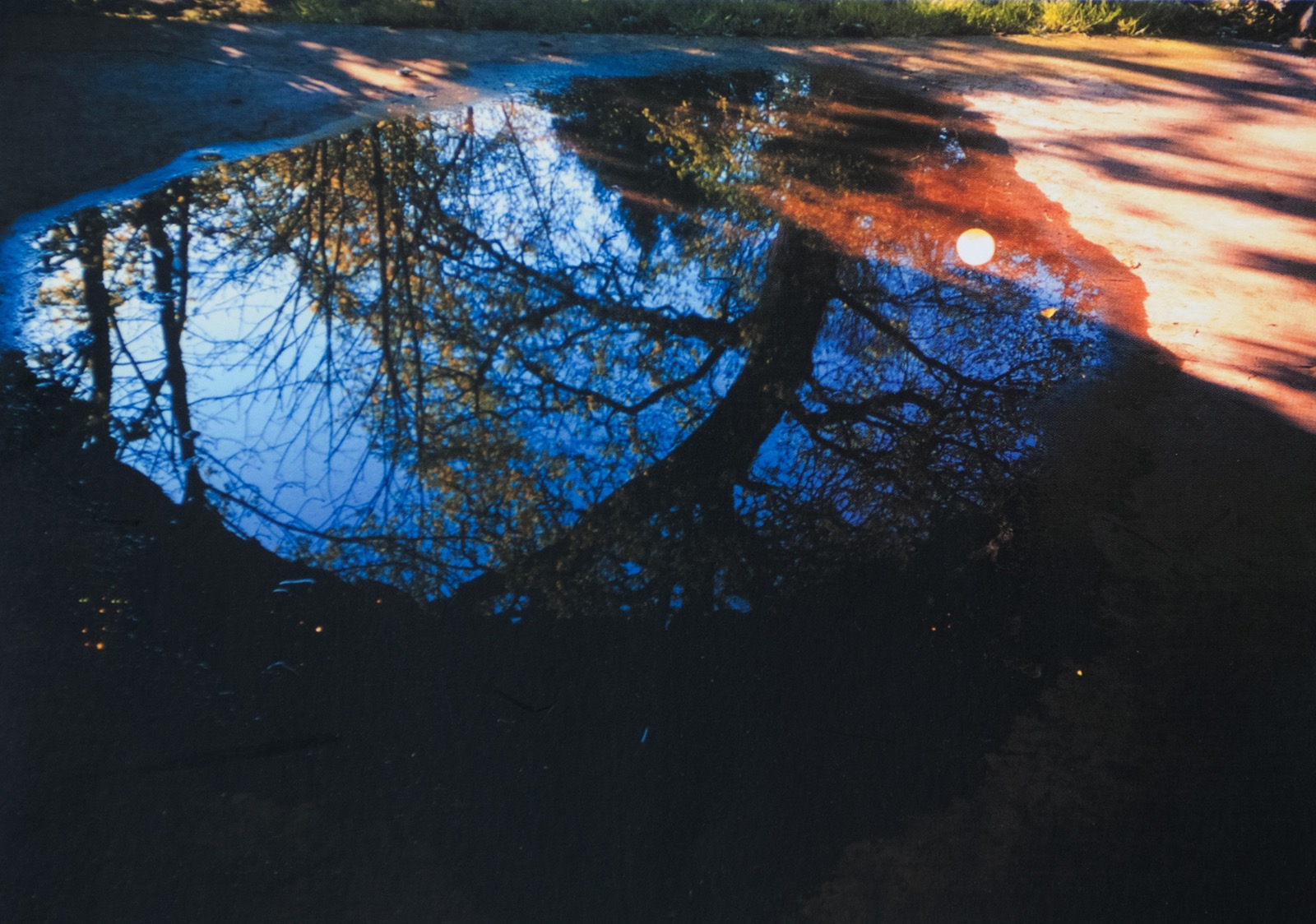
Imaginary, 1990, 16mm Film
Reviews
Moira Sweeney also uses the optical printer in her dream-like film Imaginary, in which shots of a cottage window-sill and the view of the coast beyond are slowed to about one fifth of their normal speed. This treatment imparts a gentle rocking motion to the camera movements, and renders grain sharply visible in the coastal views so that they acquire a kind of pointillist flatness. Imaginary is redeemed by a tender melancholy which unifies the rustic window and the deserted landscape beyond.
– Nicky Hamlyn, Art Monthly
Filmed in three sections, Imaginary was originally shot on standard and Super8, then reprinted on on 16mm. Focusing on intimate moments experienced by the film-maker, the film is divided into three sections. 'From Today' recalls the experiences and perceptions of the deserted rural Ireland of Sweeney's childhood captured through slow rhythmic camera movements and the autumnal tones of the countryside and a house. 'Touched' tentatively traces a naked male body, in bluey black and white tones, offering an atmosphere of beauty, intimacy and gentleness. The final sequence shifts from the magical atmosphere of serenity into shots of mysterious landscape, that echo the camerawork of the first sequence. They evoke the wonder that the discovery of a place can offer to the viewer.
– Tim Highstead, First Biennial of British Film and Video Art
In Imaginary an Irish coastal landscape is seen, mostly through the window of a house. Various domestic objects, surfaces and a log fire are interior with the exterior views. As in all of Sweeney's work the imagery has been slowed down in an optical printer. Much of the film's characteristic lyricism comes from this treatment and from a fascination with surfaces and parinas. The window in Imaginary is both a framing device and a recurrent motif, functioning as an anchor for what might otherwise have been a disparate collection of shots.
– Nicky Hamlyn, Directory of British Fiilm and Video Artists